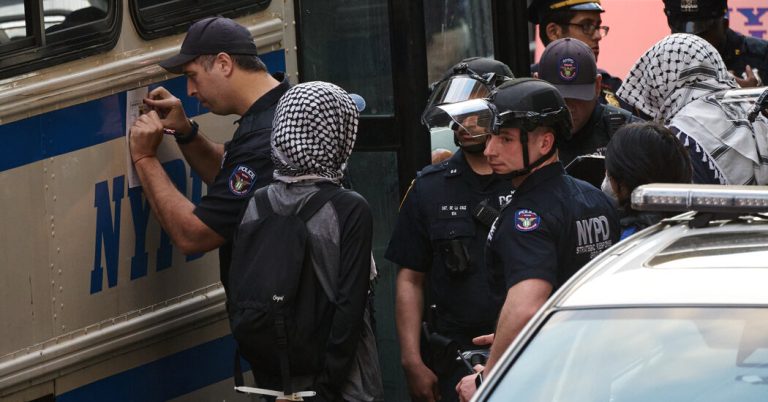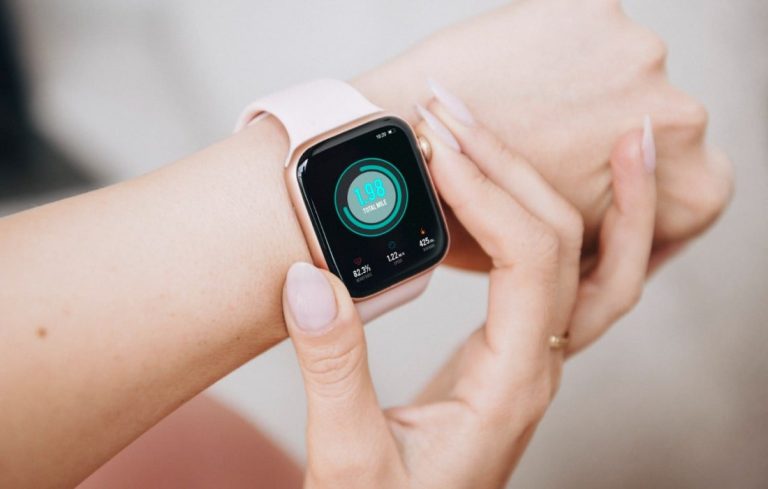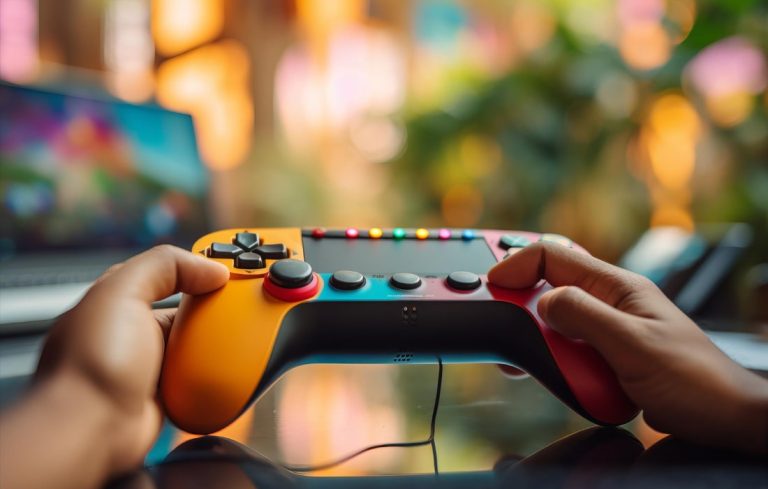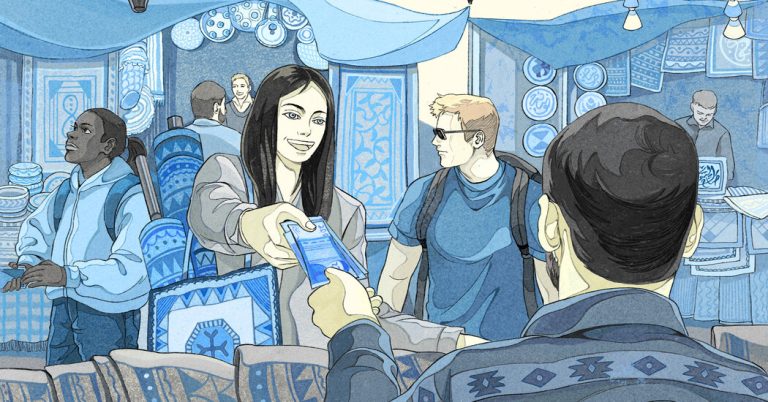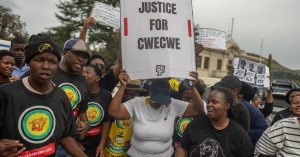It’s 2019, and the 27-year-old poet and mental health activist Tonya Ingram is looking for a kidney on Instagram. Her best option is to compel someone to agree to a living donation. Where Tonya lives in California, the wait list for a kidney from a deceased donor is up to 10 years long. Tonya, like many on dialysis to treat kidney failure, knows the odds of her surviving the wait are slim; the median survival time for patients on dialysis is five years.
I first met Tonya after seeing her post on Instagram seeking a donor. At the time, I was a video producer for New York Times Opinion working on a story about the failures of the organ recovery system and how patients were resorting to do-it-yourself tactics to find organs in time to save their own lives. Tonya appeared in my video illustrating the problem. Everyday Americans are doing their part, signing up to be organ donors, but the organizations in charge of organ recovery (known as organ procurement organizations, or O.P.O.s) have been plagued with inefficiencies and abuses, and the contractor that runs the national system — the United Network of Organ Sharing (UNOS) — has been failing to oversee them.
The organ procurement system is made up of
Editor's Picks
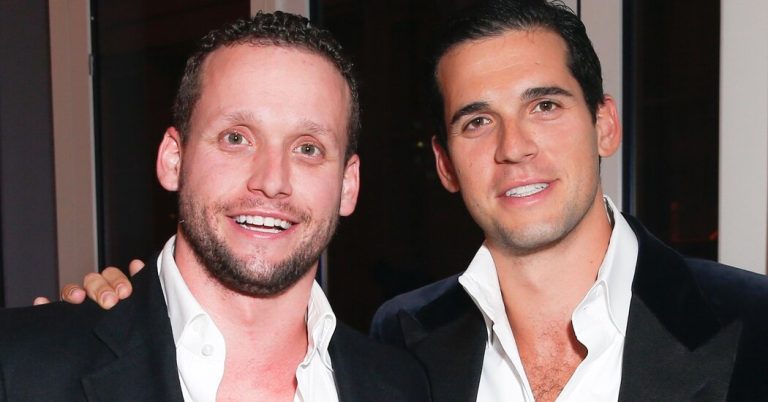
Alexander Brothers Face More Sex Crimes, Including Against Underage Girl

Cautious Optimism Among Liberals About New Pope’s Views on Gay Catholics
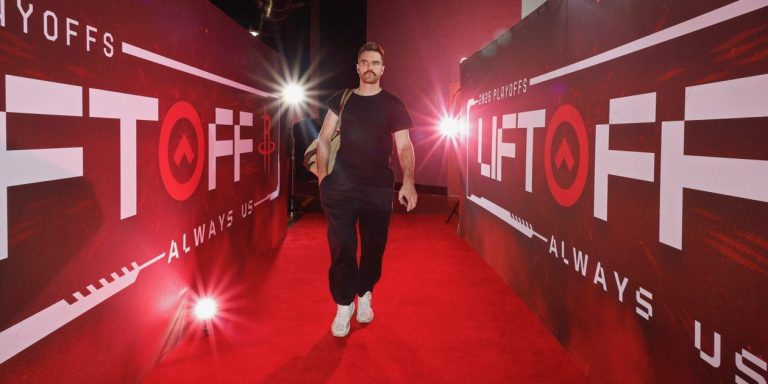
Warriors’ Pat Spencer shouldn’t be in this NBA spotlight. He never let that stop him
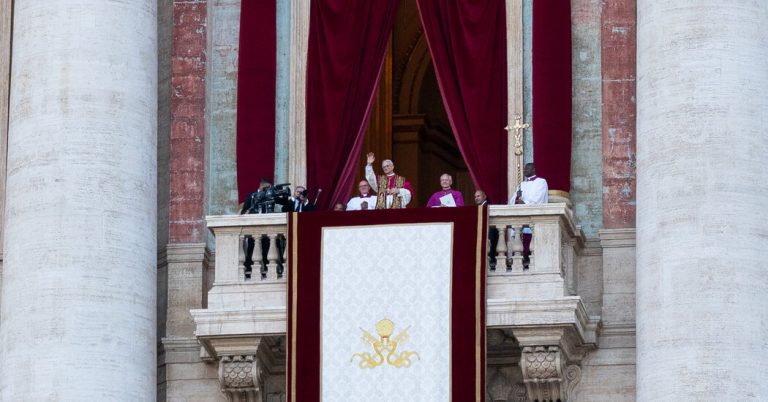
The New Pope Might Be Something Like the Old Pope
